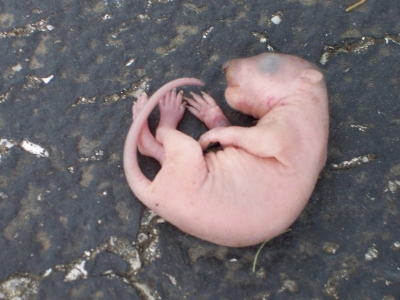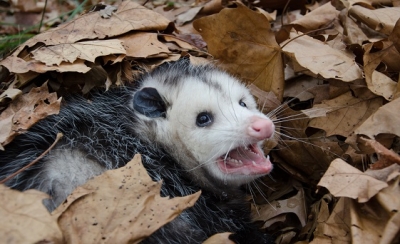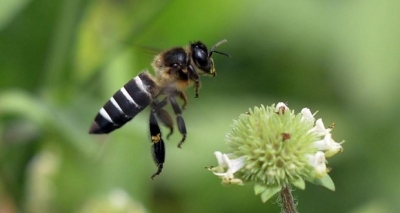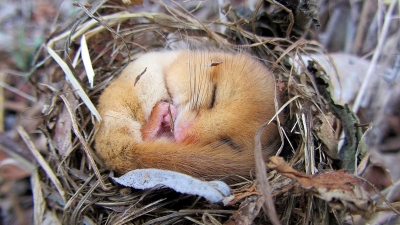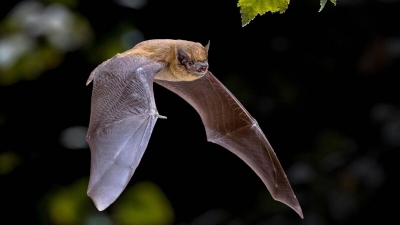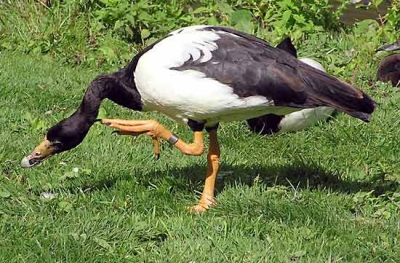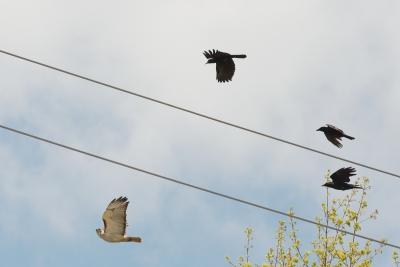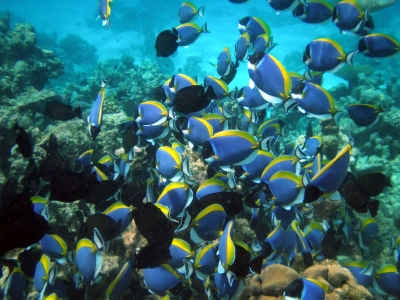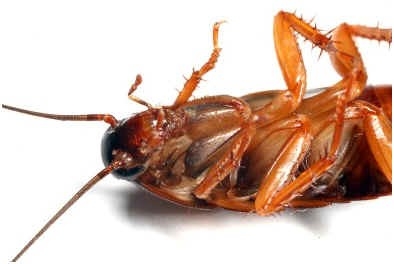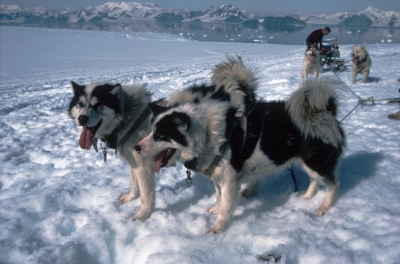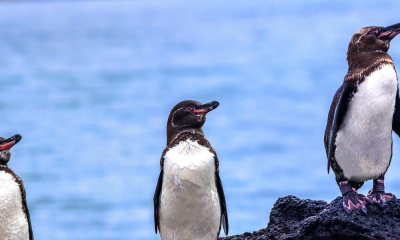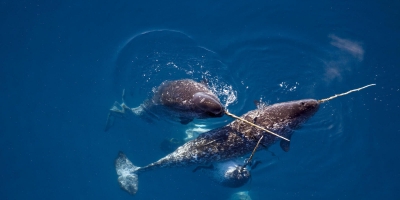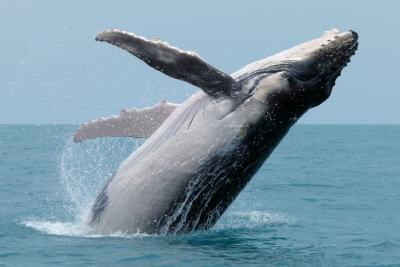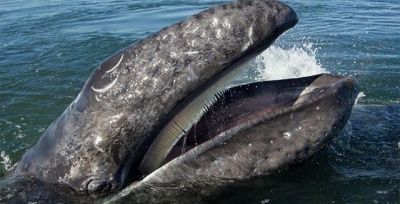What are the fun facts of cuscus?
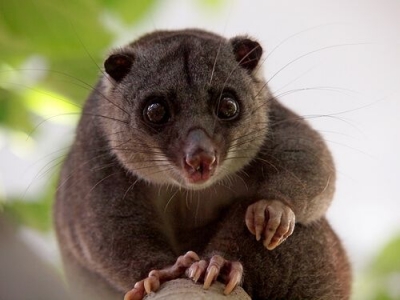
Cuscus is a marsupial that lives in Australia, Papua New Guinea, Indonesia and on the nearby islands. It can survive in tropical rainforests, mangroves and dense forests at high altitudes.
Its body is covered with thick, woolly fur that can be black, brown, white, tan or grey in colour. The fur can be covered with spots. It has a rounded head with small ears and large eyes. Its eyes are adapted for night vision.
It lives on treetops and eats leaves, nectar, flowers and fruits. Sometimes, it eats small animals, and occasionally eggs. Pythons, hawks and owls are its predators. It is a shy and territorial animal.
Common spotted cuscus natural habitat comprises rainforests with trees like mangroves and eucalyptus. Cuscus who lives in the mangroves will migrate to the tropical forest during the winters. Cuscuses create their habitat in hollow trees. They also tend to create a platform on branches of a tree for resting during the day. Common spotted cuscus can be found sleeping under a canopy of leaves when the weather gets really hot. During summer time, they prefer resting inside a hollow log of tree. They prefer living in regions where their food requirements are taken care of by easy availability of fruit.
Picture Credit : Google
